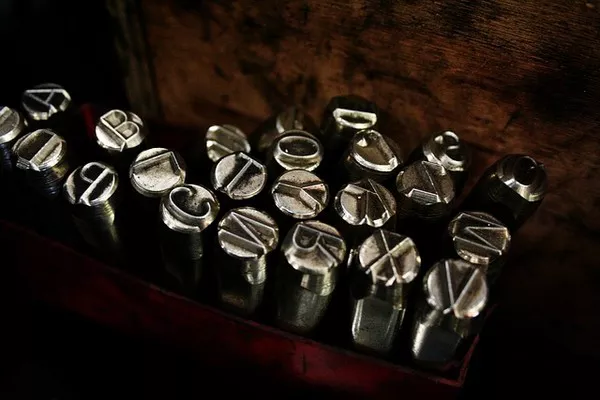In the world of precious metals trading, silver stands out as a shining star, captivating investors and collectors alike. Beyond its inherent value, silver often commands a premium over spot prices in the market. This phenomenon has intrigued market participants for years, prompting a closer examination of the factors that contribute to silver’s allure and its tendency to sell at prices higher than the spot market suggests.
Historical Significance:
Silver’s appeal extends far beyond its current market value; it boasts a rich history that spans millennia. As a precious metal, silver has been used as currency, adornment, and for industrial purposes throughout various civilizations. The metal’s historical significance contributes to its enduring appeal, as investors often view it as a tangible asset with intrinsic value.
In times of economic uncertainty, silver has historically served as a safe haven, akin to its precious metal counterpart, gold. This historical association adds a layer of perceived stability to silver, prompting investors to seek solace in its timeless allure.
Industrial Demand:
Unlike gold, which primarily serves as a store of value and adornment, silver has a unique dual role as both a precious metal and an industrial commodity. Approximately 60% of global silver demand stems from industrial applications, including electronics, solar panels, and medical devices. This dual nature of silver creates a dynamic market where fluctuations in industrial demand can impact its price.
The industrial demand for silver not only adds an extra layer of complexity to its market dynamics but also underscores its strategic importance in various cutting-edge technologies. This intrinsic value arising from industrial applications can contribute to silver selling at a premium, as market participants recognize its indispensable role in modern advancements.
Limited Supply:
While silver is not as rare as gold, its supply is not inexhaustible. Mining operations, geopolitical factors, and economic considerations all play a role in determining the available silver supply. As global demand for silver continues to rise, concerns about potential shortages and the depletion of mining resources contribute to the metal’s perceived value.
Silver’s limited supply, coupled with its versatile applications in both traditional and emerging industries, enhances its appeal among investors. This scarcity factor can drive prices above the spot market rate, as buyers are willing to pay a premium for access to a finite resource with diverse applications.
See Also What Is 1oz Silver Worth? A Comprehensive Analysis
Numismatic Value:
Beyond its industrial and historical significance, silver often gains additional value through numismatic appeal. Numismatics refers to the study and collection of coins, and silver coins with unique designs, limited mintages, or historical relevance can become highly sought after by collectors. The rarity and historical significance of such coins can elevate their value beyond the intrinsic worth of the metal itself.
Numismatic value introduces a speculative element to silver trading, as collectors may be willing to pay a premium for coins that hold historical or aesthetic appeal. This demand for unique and collectible silver items contributes to the overall premium observed in the market.
Global Economic Trends:
Silver’s market dynamics are not isolated; they are intricately tied to global economic trends and monetary policies. In times of economic uncertainty, investors often turn to precious metals as a hedge against inflation and currency devaluation. The ebb and flow of economic indicators, interest rates, and geopolitical events can significantly impact silver prices, leading to fluctuations that may exceed the spot market rate.
As governments and central banks implement monetary policies to stimulate economic growth or combat inflation, silver often reacts as a barometer of investor sentiment. The metal’s responsiveness to broader economic trends contributes to its tendency to sell over spot, as market participants factor in macroeconomic considerations when evaluating its worth.
Conclusion:
In conclusion, the allure of silver surpasses its spot market value due to a combination of historical significance, industrial demand, limited supply, numismatic appeal, and sensitivity to global economic trends. Investors and collectors alike are drawn to silver’s unique properties and diverse applications, making it a multifaceted asset with intrinsic and speculative value.
While the spot market provides a baseline for silver pricing, the various factors discussed contribute to the metal’s ability to command a premium in the market. As the world continues to evolve, so too will the forces shaping the silver market, ensuring that its appeal remains resilient and enduring in the ever-changing landscape of precious metal trading.


